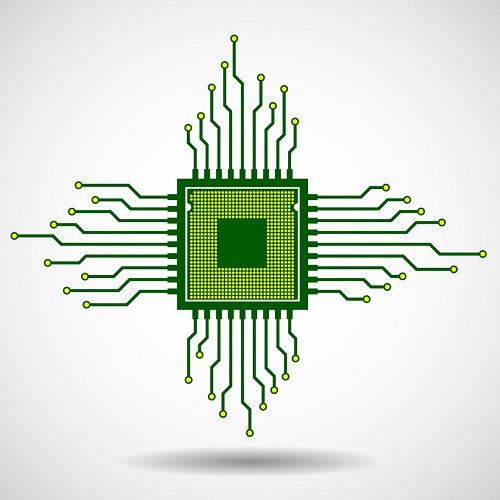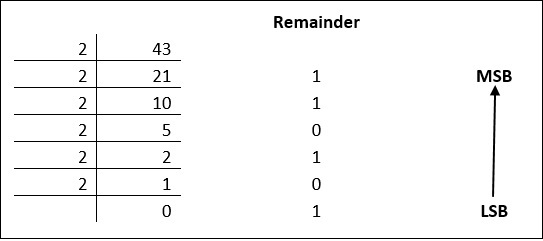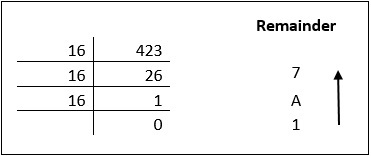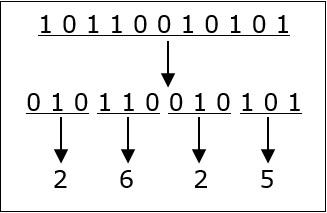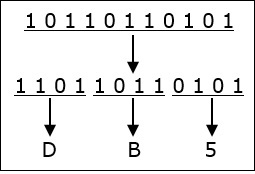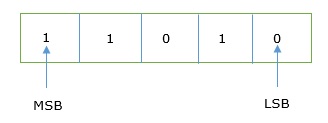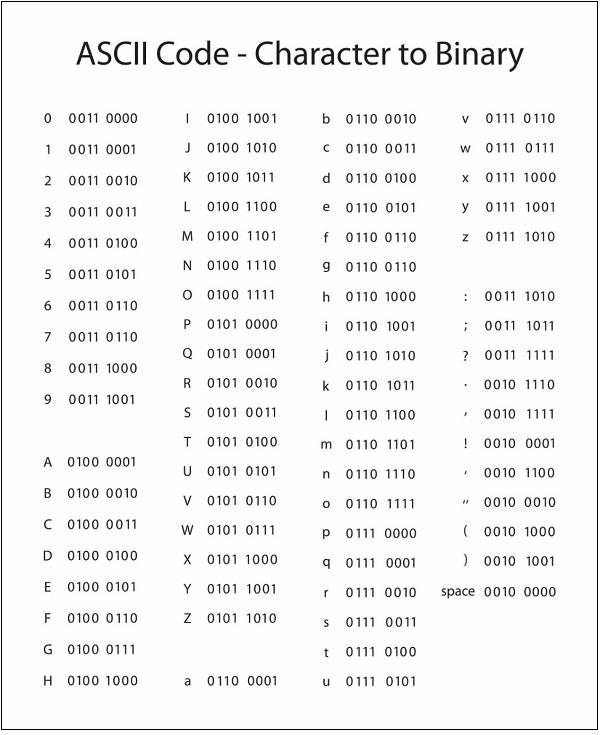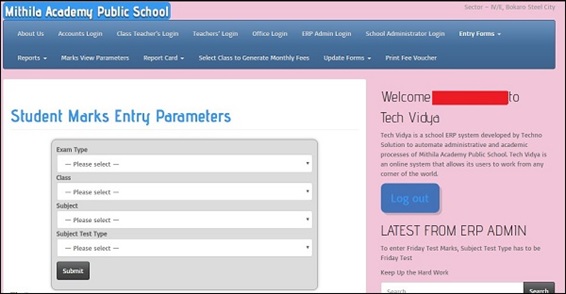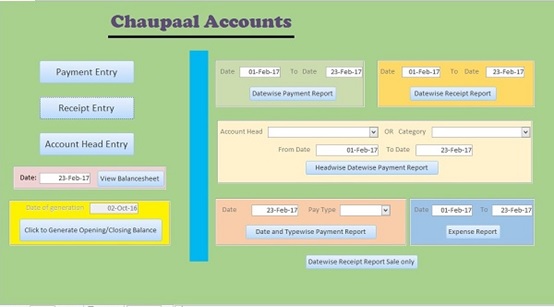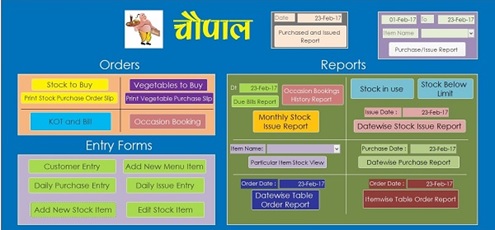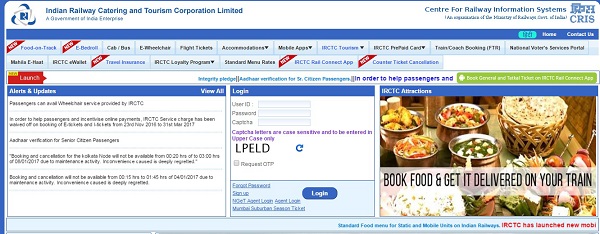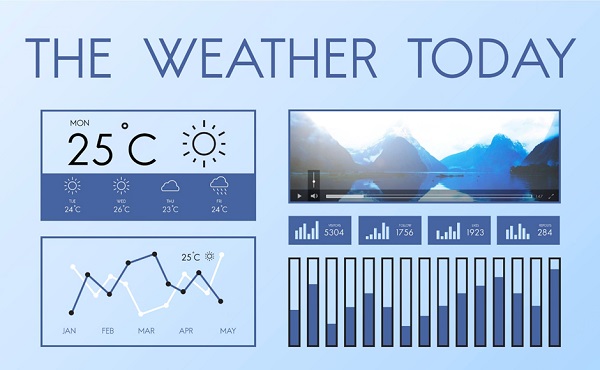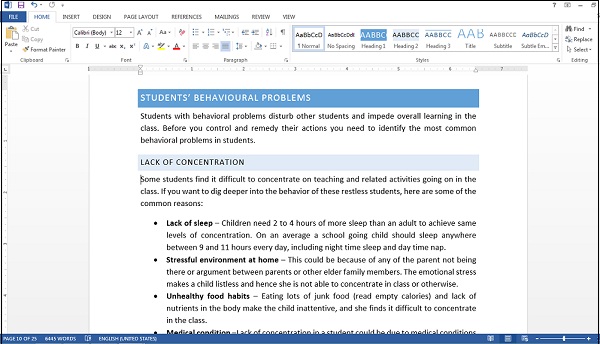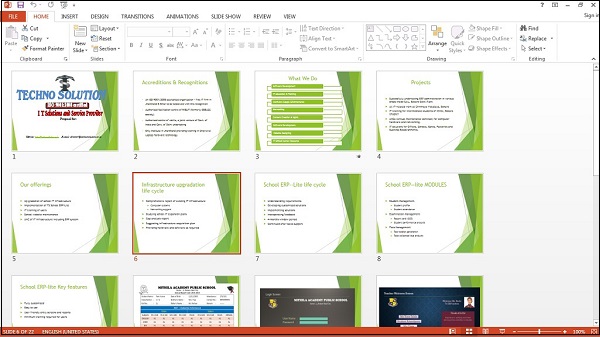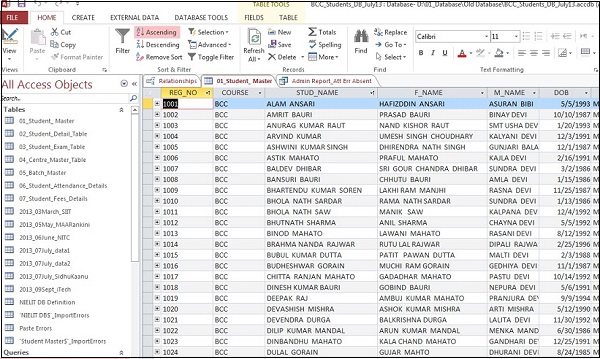The first microprocessor introduced in 1971 was a 4-bit microprocessor with 4m5KB memory and had a set of 45 instructions. In the past 5 decades microprocessor speed has doubled every two years, as predicted by Gordon Moore, Intel co-founder. Current microprocessors can access 64 GB memory. Depending on width of data microprocessors can process, they are of these categories−
- 8-bit
- 16-bit
- 32-bit
- 64-bit
Size of instruction set is another important consideration while categorizing microprocessors. Initially, microprocessors had very small instructions sets because complex hardware was expensive as well as difficult to build.
As technology developed to overcome these issues, more and more complex instructions were added to increase functionality of the microprocessor. However, soon it was realized that having large instruction sets was counterproductive as many instructions that were rarely used sat idle on precious memory space. So the old school of thought that supported smaller instruction sets gained popularity.
Let us learn more about the two types of microprocessors based on their instruction set.
RISC
RISC stands for Reduced Instruction Set Computers. It has a small set of highly optimized instructions. Complex instruction are also implemented using simpler instructions, reducing the size of instruction set. The designing philosophy for RISC incorporates these salient points −
- Number of instructions should be minimum.
- Instructions should be of same length.
- Simple addressing modes should be used
- Reduce memory references to retrieve operands by adding registers
Some of the techniques used by RISC architecture include −
Pipelining− A sequence of instructions is fetched even if it means overlapping of instructions in fetching and execution.
Single cycle execution − Most of RISC instructions take one CPU cycle to execute.
Examples of RISC processors are Intel P6, Pentium4, AMD K6 and K7, etc.
CISC
CISC stands for Complex Instruction Set Computers. It supports hundreds of instructions. Computers supporting CISC can accomplish wide variety of tasks, making them ideal for personal computers. These are some characteristics of CISC architecture −
- Larger set of instructions
- Instructions are of variable length
- Complex addressing modes
- Instructions take more than one clock cycle
- Work well with simpler compilers
Examples of CISC processors are Intel 386 & 486, Pentium, Pentium II and III, Motorola 68000, etc.
EPIC
EPIC stands for Explicitly Parallel Instruction Computing. It is a computer architecture that is a cross between RISC and CISC, trying to provide the best of both. Its important features include −
- Parallel instructions rather than fixed width
- Mechanism to communication compiler’s execution plan to hardware
- Programs must have sequential semantics
Some EPIC processors are Intel IA-64, Itanium, etc.


